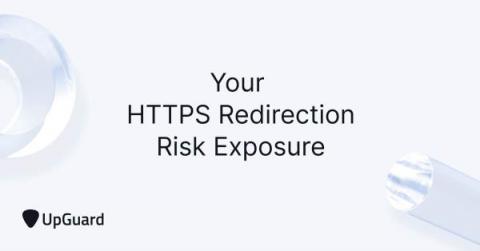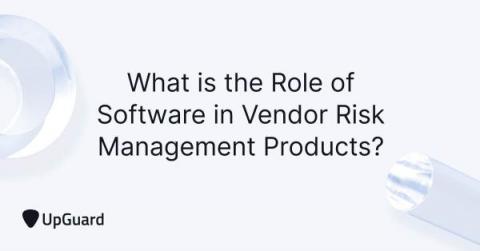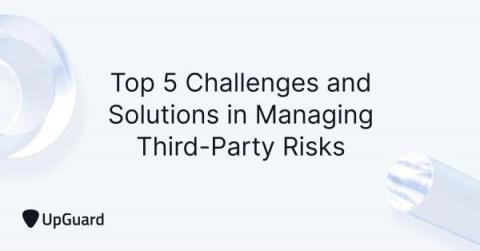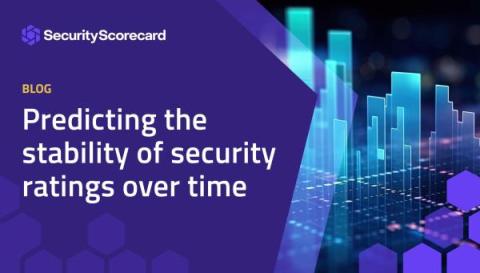Security | Threat Detection | Cyberattacks | DevSecOps | Compliance
Latest News
Your HTTPS Redirection Risk Exposure
Introducing Riscosity's New Look
Today you’ll notice our new logo and typography. We’ve introduced a minimalist approach and opened up spacing within the letters to help with legibility and visual continuity. Our mission as a company is to help teams quickly and painlessly meet data security requirements with high confidence. Our goal is to align that mission with our user's entire experience, from day one.
4 Ways To Improve Your Cloud Security Posture Management
The Role of Software in Vendor Risk Management Products
Supply Chain Resilience: 4 Ways to Get Ahead of Third-Party Cyber Risk
How to Conduct a Vulnerability Assessment
What Role Does Procurement Play in Supply Chain Risk Management?
Top 5 Challenges and Solutions in Managing Third-Party Risks
Predicting the stability of security ratings over time
The concept of ratings has been the accepted standard for making investment decisions. The first commercial credit reporting agency, the Mercantile Agency, was founded in 1841. While this relied on largely subjective methods of evaluation, it wasn’t until the 1960s, when credit reporting became computerized, that the industry consolidated and took off. Since then, credit and financial ratings models have progressed to become objective and trustworthy data points that inform lending decisions.








